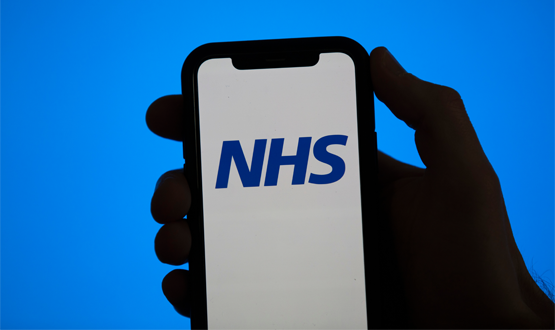BJSS wins e-referrals contract
- 2 September 2013

BJSS has won the contract to develop a new NHS e-referrals service due to go live late next year.
Two suppliers were shortlisted for the development work, which will replace e-booking service Choose and Book.
The contract for delivery of Choose and Book is with Atos Healthcare, built around Cerner Millennium functionality and runs out in December 2013.
Health and Social Care Information Centre programme lead for NHS e-referrals Ben Gildersleve told EHI that the HSCIC hoped to make an announcement in the next few weeks about the continuation of the e-booking service until NHS e-referrals is ready to go in late 2014.
BJSS will develop a new integration engine using agile methodology and open source software to replatform off Millennium, meaning the intellectual property will be owned by the NHS.
Gildersleve said BJSS’ services were procured via the government’s G-Cloud framework. The company scored particularly well on the ‘delivery confidence’ aspect of the bid.
The key focus is on getting off current infrastructure and safely transitioning all of the patient sensitive data into the new system.
The team are looking at a “outage window” of 24-48 hours over a weekend to transition to the new referrals service. Data will be migrated prior to this while people are still using the system.
An engagement exercise has been ongoing for two years regarding how Choose and Book could be improved.
Gildersleve said the HSCIC is holding 42 workshops over coming months with clinical commissioning groups, care providers and GPs to talk through historic issues with the e-booking service and what changes people want.
“We want to make e-referrals something clinicians and administrators want to use because it gives benefit,” he explained.
It is setting up a ‘design council’, which will be a user group made up of commissioners, clinicians and administrators and other interested parties such as Monitor and patient groups.
This group will regularly feedback on prioritisation of development changes as part of the agile delivery method.
Gildersleve said there are 10-15 changes planned that will be visible to users and the team wants to continue to be responsive to their needs throughout the development.
HSCIC director for programmes delivery James Hawkins said the information centre is aiming for a seamless transition for users.
Once the current service is replatformed, the team can look at introducing exciting new functionality.
“The whole aim is to create a platform with an open API that can stimulate the market to develop not only front ends, but other applications,” Hawkins added.
The HSCIC is planning another supplier engagement day for early October where it will discuss what the new open APIs should look like.
“We want to talk to lots of suppliers about how their solutions could integrate with our directory of services,” Gildersleve said.
“What we’re not going to do is publish all the code for people to then pick up and use in their own systems, but we will make the e-referrals service functions and information available as open APIs.
“We’re also looking at using open source products and code in the software and infrastructure.”
The HSCIC also plans to start procurement for a replacement infrastructure, hosting and managed service provider before the end of this year, as well as a replacement appointment line, which is currently run by NHS Direct.
BJSS public sector practice lead Mike Buck explained that a key part of the e-referrals project is about reducing the cost of ownership as well as hitting timescales.
“Through our experience of previous projects including Spine2 and working with the NHS architecture teams in Leeds, we believe we have a solution using open source that enables us to meet both objectives,” he said.
Buck added that the new system would be better than Choose and Book in a number of ways.
“It is being built with clearly defined open access architecture ensuring that improvements can be rapidly delivered by a range of third parties over its lifetime,” he said.
“It should mean the time from stakeholder idea to new function live is cut to a number of weeks versus months and years in the past.
Buck said that with the NHS driving the evolution of the service, this should ensure it is what users and patients want.
You can still provide feedback on what the new e-referrals service should look like online.




